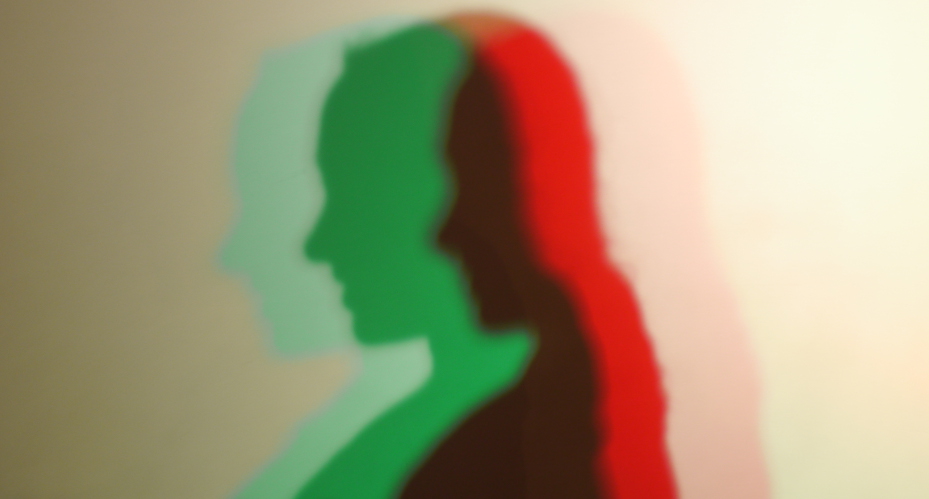In this demonstration, students see imaginary spots and relate this illusion to the structure of the retina.
The Hermann Grid is an illusion based on the way our eyes work. Most people "see" grey spots where lines of white space intersect, even though there is no grey there at all.
This illusion is an example of lateral inhibition–a feature of our visual system. Light sensitive cells, or rods, are arranged in rows on the retina. It is possible that light hits just one rod, Rod X, which sends a signal to the brain. But if light also hits Rod X's neighbours, Rod X's signal won't be as strong. It's as though the sensitivity of Rod X is 'turned down' when its neighbours also receive light.
In Hermann's Grid, the places where the white lines cross have white surroundings in four different directions. The rods getting light from the middle of the intersection have neighbour cells in every direction that also get lots of light. So the middle rods are 'turned down' and the intersection looks darker.
These spots don't generally appear directly where you're looking but rather a little off to the side. This is due to the fact that there are no rods cells directly in the centre of the retina. It also explains why dim stars tend to 'disappear' when we look straight at them and look brighter when we look slightly beside them.



